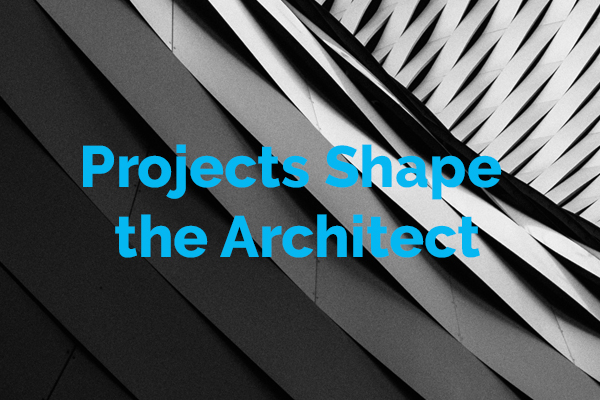Architecture school can only teach you so much to prepare you for being your own architect and learning about the construction of buildings. Architecture is a profession heavily related to your own work experience and there is a large learning curve when you are starting your career. In a future post I will be talking about the concept, “You Don’t Know What You Don’t Know”, you can read about the learning curve young professionals have when starting out their career. Keep an eye out for that future post!
Once in an office, you will be learning and getting guidance from others in your office. Throughout your entire career, you should always be learning. There is so much to learn in the architectural profession and with every project you work on. For instance, a remember when I had to dive into research what is an elevator shunt trip. (In case you are curious, this is what a shunt trip is http://www.firealarmsonline.com/2013/05/ElevatorShuntTrip.html) But the point of this article is that every person has their own particular experiential path through their career. Each project has its own problems, challenges, requirements, requests, and solutions. Nobody is perfect; there are errors and omissions made along the way that are not ideal but they will help you to learn lessons and grow as a professional.
Especially in a larger office where there are multiple Architects that you work with depending on the project, you will notice something. Each architect has their own pet peeves and errors they stress more than any other. Everyone is different on what they find more important because they have their own experience path. These pet peeves are usually something another architect has highly stress OR more often it is an error/omission they personally did on a project from their past. Some examples include:
- Annotating specifics of certain items in the drawings and specification.
- Having existing room names for all rooms of a large floor plan in a renovation.
- Having particular general notes regardless if it is relevant.
- Having some 3D details rather than just 2D details.
- Showing all electrical outlets/switches on the interior elevations.
Those are just some examples I have encountered with different people throughout my career. There may also be pet peeves of a client that needs to be addressed that effect what you look for in future projects. For instance, I have had a client that needed everything aligned with each other. (A typical OCD person) For instance, if there was a light switch and the floor outlet in the same area, they should be aligned with it vertically with each other. Outlet centered on any span of a wall if not centered under a light switch. Outlet centered under a recessed fire extinguisher cabinet. Those are just some examples of the extent of the OCD type of pet peeves of the owner. However, it has affected me as an architect, now I want all my projects to have that same type of detail. I have to agree, when everything is aligned and centered so nicely it looks nice, and clean.
Projects can even guide your career path in a direction you had no idea you wanted to take. Some projects and the research associated with it may become a true passion of yours. As you strive to do more project types that follow your passion, you will learn from each one. That is how many architects stumble into becoming an expert and specialize in that particular style or project type.
In the end, everyone learns from their own experience. This knowledge helps to inform who you are as architect. It is all about growing as a professional and expanding on what you know. It is just a matter of time to see where your project experience informs what kind of architect you become and where it leads your career.
Written by Katelyn Rossier

